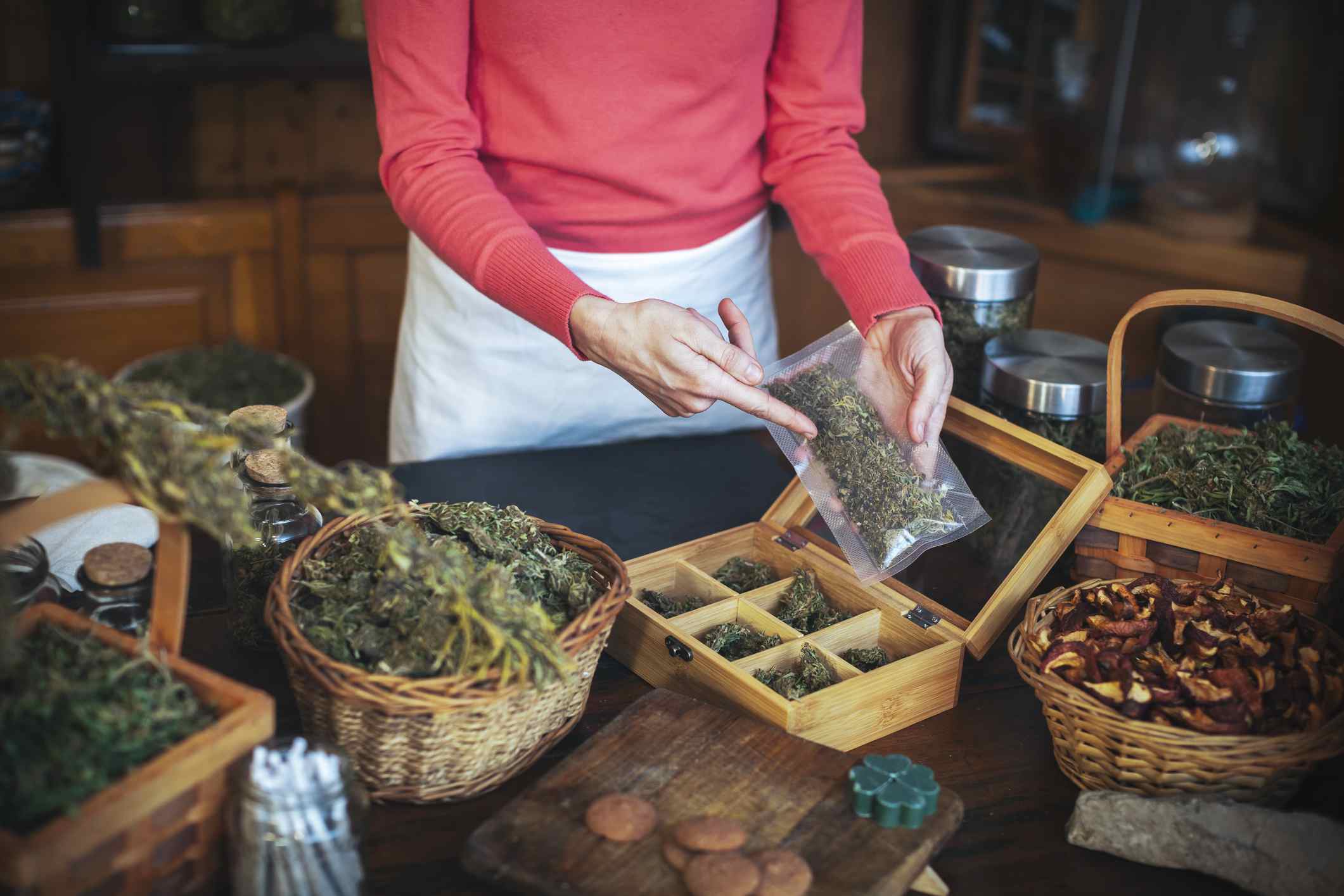By Jacqueline Kittel
My name is Jacq and I am the assistant manager of the VCBC. I am also the author of “Women in Weed: Gender, Race and Class in the Cannabis Industry.” (2019). I graduated from UVic with a Bachelors of Arts, majoring in Gender Studies and I have been working in the cannabis industry for four years.
In March of this year I received an email from Antony Samarawickrema, a Senior Policy Analyst with the Alberta government’s Ministry of Economic Development and Trade. Mr. Samarawickrema asked for my take on how regulations could be written to ensure women and minority edible makers retain their share of the industry in face of the pending legalization of cannabis products in October.Since writing my response, the regulations for edibles have come into effect in Canada as of October 17th 2019. Therefore, today seems to be an appropriate day to publish my analysis of the issues with the current regulations for edibles and the impacts these regulations have on black market edible makers.
To Antony Samarawickrema,
I would like to take this opportunity to describe my perspective and give context to my approach to answering your question. The legalization of cannabis and the licensing of cannabis businesses is highly political. The well being, health, and livelihoods of patients and industry participants is at stake in this discussion. When you emailed me to ask my opinion on an issue that I care so much about, my intention was to take it quite seriously and to use it as an opportunity to learn from and listen to the women around me who have a serious stake in this discussion.
I understand more clearly where you are coming from now, and I understand the desire to further your understanding on a complex topic with many stakeholders. I am thankful you reached out to me because it was quite validating. I know I occupy a unique position of skill, experience and knowledge and have access to relevant contacts that make my perspective particularly useful. So you know where I’m coming from; when a man in a position of power asks me about the future of our industry, I wanted to take the opportunity to leverage women’s voices and to give an accurate response to what women need. The voices of these women have largely been omitted in this entire legalization process and are eager to be heard. Their names and business titles have been left out of this article on purpose to maintain their confidentiality.
In the past few weeks I have spoken to compassion club managers, edible makers, small scale growers, women cannabis activists, writers, and others. From what I have gleaned the biggest obstacle women face in retaining their share in the edible market is the costs of licensing and application fees that are a requirement of the legal market and are exclusionary by design. If we look at the current unfolding of the legal recreational cannabis market in Canada, the companies that have been able to obtain licenses for production and processing have been large scale corporations. The regulations for legal cannabis in Canada favour the wealthy who are capable of jumping through endless bureaucratic hoops, application fees, security upgrade costs, facility updates, and hundreds of other regulations laid out by Federal and Provincial governments. Some of the objectives of these requirements are to narrow the window of applicants and to ensure tight compliance with the strictest regulations. These costly requirements set up obstacles to participation that few small business owners could ever hope to achieve. When we take into consideration the systemic barriers women and minorities face to succeeding in the world generally, how can we expect minority-lead edible businesses to compete when the regulations are written against them from the outset?
For example, in British Columbia a small scale edible maker would fall under the category of a micro-processing license. This license includes the following fees: an application screening fee of $1638, a security clearance fee of $1654 per person, a minimum annual regulatory fee of $2500, a sales license is $5000, as well as the costs of zoning, inspections, and upgrading equipment and facilities to meet Health standards and security measures. On top of that, the application package is 255 pages long and is difficult to navigate. Often times cannabis businesses are required to hire an outside consultant to navigate the continuously changing regulations. This can be a wide ranging cost for small businesses which can run upwards of $30,000 to $100,000. These are unreasonable financial barriers that will guarantee women and minorities lose their share of the cannabis market.
A method of retaining women’s current market share of the edible industry would be to develop a system that boosts women and minorities’ access to the legal edible market. The women I interviewed suggested a solution to this inequity would be to develop grants for small female and minority led businesses, or loans with little to no interest to help cover the application and licensing costs in the initial stages. Any kind of program that would alleviate the financial burden of jumping through these legal hoops would represent a commitment by the government to ensure that women and minorities have a place in this burgeoning industry. The women I interviewed also suggest developing free programs that assist small business entrepreneurs to navigate the technicalities of the licensing process. You shouldn’t have to have a Masters in Business and a Chief Compliance Officer to participate in the legal cannabis market. These changes in policy would support women and marginalized edible business owners to thrive in the legal market and to maintain their share of the edible industry they have developed under prohibition.
My next point is to demonstrate the ways in which our government is currently driving women, and small businesses in general, out of the legal cannabis market. If we are to look at the legal recreational market once more, it is currently expected of black market participants applying for legal recreational licenses to shut down their operations and to clear their illegal inventory to be considered for a license. Further, all commercial spaces must be secured and renovated to meet regulation requirements before or during the application process. These businesses are required to secure a commercial space that meets a long list of security standards and pay rent on this space while waiting indefinitely for government to grace them with a license, with an estimated wait time of 18 months.
If we are to make sure that women retain their share of the edible market that they have worked and sacrificed for, telling them to shut down their businesses and income stream for an indefinite amount of time cannot be apart of the strategy proposed by the government. The costs of renting a commercial space, upgrading to all the health and standard requirements, as well as fulfilling all the other application steps while not generating any income is guaranteed to destroy the prospects of these small businesses in the legal edible market. This approach is currently leaving business owners, the patients dependent upon them, and recreational consumers all at a loss. The only ones capable of playing this game of “wait and see” while hemorrhaging money are wealthy individuals and corporations who do not rely on their edible businesses to feed their kids, pay mortgages, or live their lives.
With this inequitable reality in mind, many of the women I talked to insisted on the necessity of government to develop a pathway for current industry participants to continue running their successful businesses until a license has been achieved. Some of the women edible producers I spoke with were deeply afraid for the future of their businesses in the legal market. To dissolve this fear and to encourage women to step out of the shadows and to take pride in their work, I implore the government to celebrate and reward high quality edible makers. This may be achieved with a special licensing procedure for experienced artisans, or other programs that create pathways to licensing for black market participants. We need systems in place that allow small businesses to keep cash flowing instead of punishing edible makers by barring them from earning income in the underground market. The underground market, after all, is not only sustaining these women while government sorts out its licensing procedures, but has also been a major contributor to BC’s economy. The underground market is also making up the slack where the legal recreational market continues to struggle across the nation. To encourage a move away from the underground and to participate in the licensing process, developing programs and initiatives that support black market participants will be an effective and inclusive approach to maintaining women and minorities share of the edible industry.
My last point relates to product dosing and packaging. One of the edible makers I interviewed leads a small company that creates a three time award winning chocolate bar. She is part of a small team of dedicated women who work tirelessly to develop high quality and consistent products. These women have spent thousands of dollars on their brand and packaging, which has contributed to customer loyalty and brand recognition, a basic principle of marketing. This is relevant because edibles are going to be regulated to be sold in white plain packaging with no branding whatsoever. Therefore, all the costs allocated to developing brand recognition, and earning the trust of patients and consumers, will be lost to the current legalization scheme.
Furthermore, it has been proposed that the legal edible market will set a maximum edible dosage of 10 mg per unit. Low doses leave many patients and edible producers without many viable options within the newly legal market. Medical users of cannabis products require high doses of cannabis edibles to treat chronic pain, to combat cancer, and to live comfortably when treating life altering ailments. 10 mg THC limits on edibles will result in a policy that forces patients to buy more units of edibles in order to achieve the higher doses of medicine they require which is an unfair financial burden. This will also be applicable to the recreational user because the body quickly builds a tolerance to cannabis edibles, and users will be forced to buy more and more low dose units of edibles to achieve the same effect over time. This regulation will also deeply impact current stakeholders in the edible industry such as our award winning chocolate makers. The medicated confections these women have developed are made at 350 mg and 750 mg doses of THC. This prized product will not be allowed in the legal market from the outset regardless of its quality, reputation and consistency. Ultimately, the regulations on packaging and dosing creates a market for expensive and incredibly wasteful products. It also leaves highly qualified edible producers with excellent products and businesses on the outside of the new legal edible market and effectively takes away from women’s share of the edible industry without ever giving them the opportunity to compete in the “not-so-free” market.
Circling back to the topic of the corporatization of cannabis; if 10 mg maximums are going to be the legal limit and if the regulations imposed to make those edibles are going to be astronomically difficult and expensive, then the cannabis industry will be legislated in a way that rewards the wealthy instead of those with the best product. From a policy standpoint, if the regulations for edibles are written favorably for the wealthy, then the products hitting the market will not be award winning recipes developed over the years by people and patients who love this medicine. Instead, it will be mass produced by those seeking high profits who churn out low quality, overly packaged and low dose edibles offered to consumers who deserve better, and, patients that require high quality cannabis medicine. This action, to license the wealthy rather than the deserving, leaves patients and recreational consumers on the losing end of a bad trade policy while simultaneously pushing out small business owners who deserve a place in the legal market.
As such, the policy case to help women and minorities retain their share of the edible industry centers on the prohibitive costs of participation in the legal cannabis market. Addressing this issue can be achieved by lowering the costs of licensing micro-production and processing facilities, and, developing low interest loans or grants for women and minorities going through the application process. Policy for the edible market must also address how the government is regulating the way in which businesses move from the illicit market into the legal market. The current practice of forcing businesses to shut down until a license is granted is unnecessarily costly and exclusionary. Lastly, the approaches currently proposed by government, to harshly restrict and control edible dosing and packaging, will ultimately backfire by investing in wasteful, mass produced and low quality products. These products will not only negatively impact women and minority edible makers, but also cannabis consumers at large.
I am thankful you reached out to ask me how we ought to approach this complex issue. This response is my best summation of women’s concerns and the obstacles we collectively face in the unfolding of cannabis legalization. I hope you find value in these arguments, and that my thoughts and research allow you to see more clearly where we are coming from as women in the cannabis industry, and how we can create a more inclusive future. If you wish to engage any of these points, I am happy to discuss them with you further.
Jacqueline Kittel
March 25, 2019



